Introduction
Which elements compose an international address? The question is not so simple! I am sure you can develop a pretty good list in your context, yet the elements and structure of an address highly depend on the area you live in. We are all biased and tend to associate the concept of address with respect to our exposure to addresses.
In this article, we will walk through differences and surprising facts about addresses and their constituting elements across the World. We will follow the recommendations from the national postal delivery services and see that it’s far more complicated than it looks.
Let’s explore the world together.
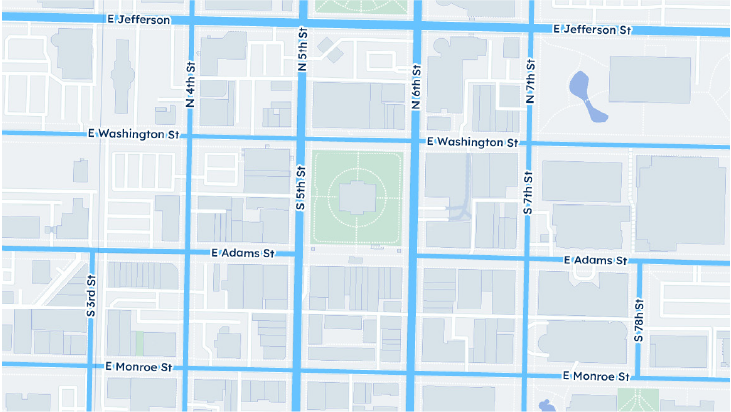
Address Database
Administrative areas, localities, streets, and zip codes worldwide
Differences in address formats across countries
In most countries, the address format includes a street name, a house number, a postal code, which also comes in different formats depending on the country (check our article on Zip Code Formats), and the name of a locality or a municipality. You can see below an example of addresses taken from the websites of postal services from the USA (USPS), France (La Poste), and Great Britain (Royal Mail).
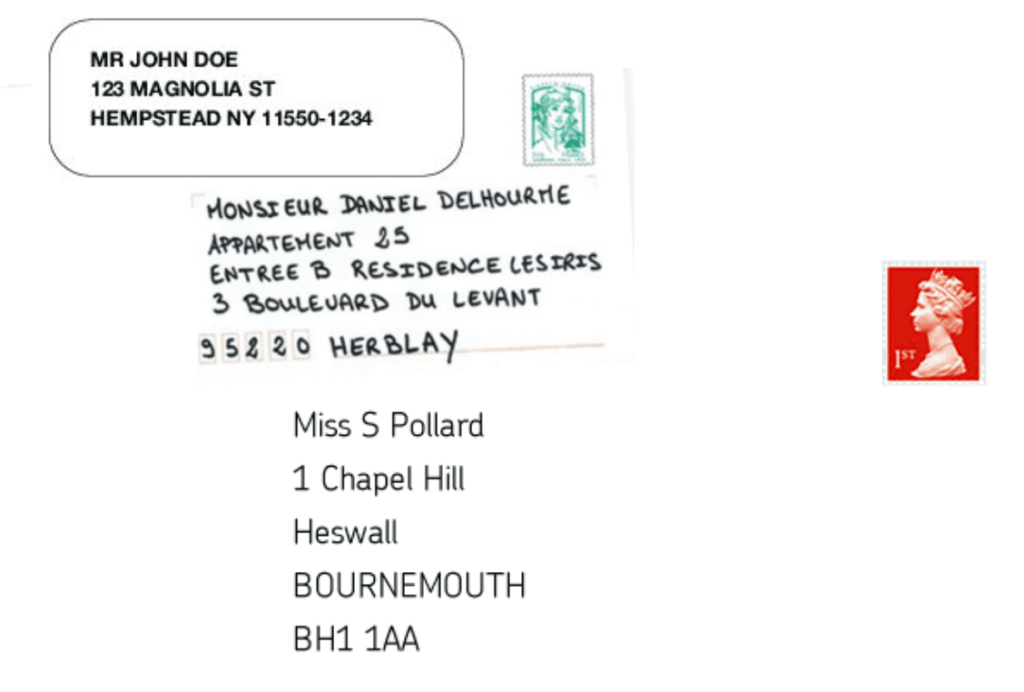
Several countries include the names of administrative areas on global addresses to help sort the mail and correct possible mistakes. It is the case, for instance, in the USA, where the state abbreviation is required on a mail address next to the city. Other countries like Canada, Brazil, Italy, and Mexico use similar abbreviations for administrative areas, while in Spain and South Korea, the Province is written in full on a separate line.
Check out our article “Mexico Address Format Guide: Structure & Examples” to learn how to write addresses in Mexico and understand the differences from US addresses.
Now, let’s have a deeper look at 3 countries: the United Kingdom, Colombia, and Japan.
United Kingdom
In Great Britain, Royal Mail imposes to include the name of the postal town, if possible, in addition to the “dependent locality” and “double dependent locality,” providing finer details on the location. Mailing services define both dependent locality and double dependent locality. The goal is accuracy and limit mistakes, as several localities can have the same name within the same administrative areas.
In a number of other countries (including China, India, Russia, South Korea, or Bolivia), it is also recommended to provide more details when writing an address from a rural area (where you should specify, for instance, the sub-province) than an urban area (where the name of the city is enough).
You can discover more about the United Kingdom postcode format and download their samples on the UK postcode page.
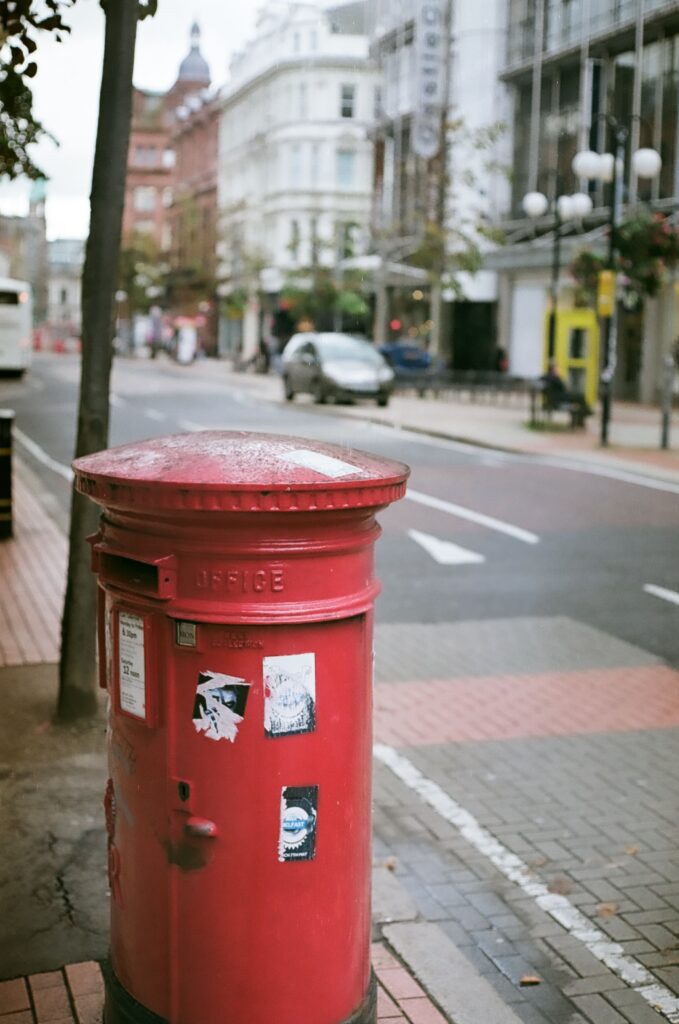
Colombia
In Colombia, houses are not numbered following an increasing numbering system from the beginning of the street, which is the norm in the majority of countries. Instead, Colombian address formats refer to the distance with respect to the closest intersecting street in a pre-defined direction. Consequently, addresses include 2 street names, the one on which the house is located and the closest intersecting street, and a number representing a distance.
The format for writing such addresses is also specific. This is illustrated in the figure below, showing the address of the main headquarters of the postal operator (taken from their website). As you can see, streets are also number-named, which is why you can see 3 numbers on the address in addition to the postal code:
- street 1
- street B
- distance to the closest intersecting street.
Japan
A similar address format system is also in use in Japan. But only in one city, Kyoto, where street intersections are used as reference points, then cardinal directions (North, East, South, or West of the intersection) indicate which way to go. Unlike in Colombia, the reference intersection is not fixed, so one building can have several addresses: for instance, if you start from the intersection to its North or South.
In the rest of Japan, street names are not used. Buildings are referenced by the number of the block they belong to, and within each block, buildings are numbered as well. Sometimes, it’s done by order of construction, so numbers don’t necessarily follow each other. In Sapporo, another address format system is in place, with a unique reference point at the intersection of 2 main roads in the city center. The blocks are identified with respect to their distance from that reference point.
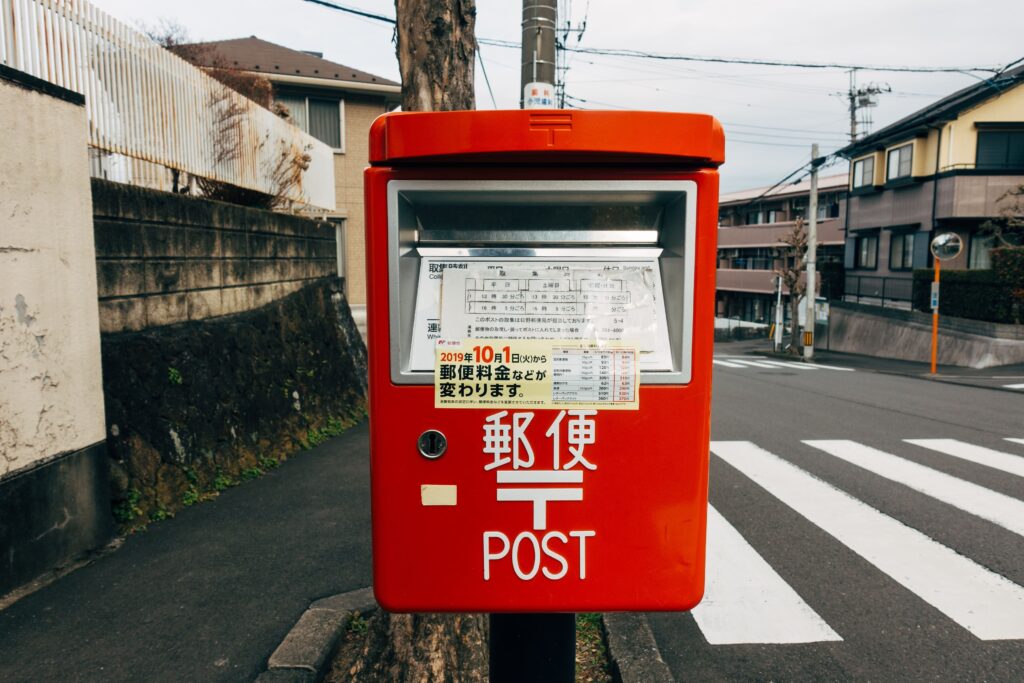
The order of elements in address format
While virtually all countries recommend that users format the address from the most granular part (e.g., street and house number) to the most general part (city, province), there are some slight deviations from that general rule.
For instance:
- in Bulgaria, the Province should appear before the postal code and city for rural addresses
- in Germany, the name of the sub-locality (suburb), when it exists, should be placed above the street name and house number
- in Costa Rica, the province appears before the canton and the district
- in Iran, the city is written before the street, which appears before the province
- in Uzbekistan, the district (raion) appears before the city, which stands before the province
Keeping track of all these address formats can be challenging if you work with global data. Thus, implementing an effective address validation process will become necessary in your day-to-day activities.
Japan
In Japan, the recommendation varies with the language the address is written in! When written in Japanese (to be exact, in kanji, katakana, or hiragana characters), the address is typically one single line from the largest administrative entity to the most granular one. As already explained, it does not include any street name. This format is automatically parsed by sorting machines used by the Japanese Post. Those machines can’t deal with addresses written in Latin script, which are manually sorted and may be organized from the most granular to the least granular levels.
Differences in the normalization of elements
The use of capital letters is another factor that differentiates international addresses. In most countries, but not all (e.g., Belgium, Costa Rica, India), some information is recommended to be written in upper case, for instance:
- the post town in Great Britain
- the city in Germany
- the last 3 lines in France (including the street, house number, postal code, and city)
- the whole address in the USA
Abbreviations are also dealt with differently from one country to the other. For instance, in France, “Saint” and “Sainte” in municipality names are abbreviated (”ST” and “STE”). In neighboring Belgium, however, abbreviations are forbidden in the city name and the type of street unless you need them to keep the length of the line below 50 characters. In that case, Boulevard should be abbreviated to Bd and Avenue to AV, for instance.
Examples of international address
Addresses are not just coordinates; they are architectural landmarks that embody the essence of a place. In this blog post, we will embark on a journey across continents, focusing on four iconic addresses that are not only structural marvels but also symbols of cultural heritage.
United Kingdom: Buckingham Palace, London SW1A 1AA, United Kingdom
Buckingham Palace, situated in London’s Westminster district, is a quintessential example of British neoclassical architecture. Designed by John Nash in the 19th century, it serves as the official residence of the British monarch. The palace’s grandeur and opulence reflect the rich history and traditions of the United Kingdom.
Colombia: Carrera 7 # 32-115, Bogotá, Colombia
Carrera 7 # 32-115 in Bogotá, Colombia, is a modern architectural marvel. This address is home to the BD Bacatá, the tallest building in the country. The skyscraper, designed by Spanish architect Alonso Balaguer, stands as a testament to Colombia’s growing urban landscape and economic progress.
USA: 1600 Pennsylvania Ave NW, Washington, DC 20500, USA
The White House, located at 1600 Pennsylvania Ave NW in Washington, DC, is an iconic symbol of American democracy. Designed by James Hoban in the neoclassical style, the building has served as the official residence and workplace of every U.S. president since John Adams. Its neoclassical architecture and historical significance make it a focal point of American identity.
France: 5 Avenue Anatole France, 75007 Paris, France
5 Avenue Anatole France, situated in Paris’s 7th arrondissement, is home to the Musée du quai Branly – Jacques Chirac. Designed by French architect Jean Nouvel, the museum is a striking example of contemporary architecture. Its unique design, featuring a facade adorned with plants and a vertical garden, reflects France’s commitment to art, culture, and sustainability.
Differences regarding postal codes
Let’s talk about postal codes to finish our tour of the World address specimens. They exist in the majority of countries but represent quite different information.
In many countries, postal codes cover a relatively large area, like in Saudi Arabia (e.g., a municipality or a town). In some countries, postal codes are linked to extremely narrow areas, like a small neighborhood (e.g., ZIP+4 codes in the USA, Great Britain, Netherlands, Brazil, Argentina, or Cape Verde) or even a single address (e.g., Ireland, Israel, Singapore).
Some countries, like Vietnam, have a mix of both, ranging from a few square kilometers in cities to larger areas in rural regions, covering multiple villages or districts.
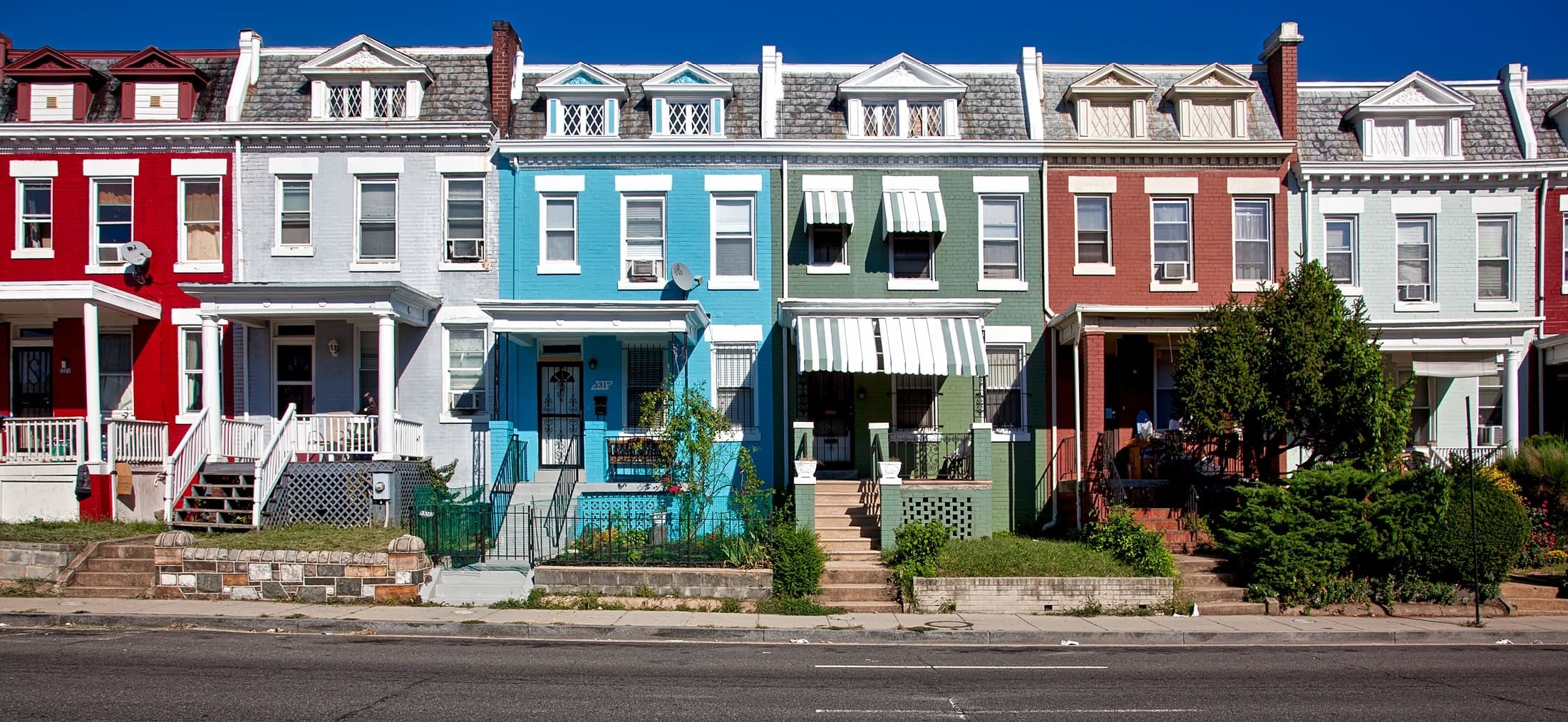
No postal code
There are around 50 countries without zip codes, so don’t expect a zip code for every single address in the World.
For example, Despite being a large nation in Southern Africa with a population nearing 33 million, Angola’s roads, buildings, and communication networks rely on landmarks and descriptions for addressing.
No physical location
Some postal codes also aren’t linked to a physical location. It is typically the case of postal codes created for Santa Claus or his peers in other countries but also for large organizations like public institutions, armies, or some businesses.
Linked to one or several cities
Depending on the region of the world, a postal code can be linked to several cities or only one. The other way around is that cities can be linked to a single postal code or several (e.g., Amsterdam has more than a thousand postal codes). And funnily enough, there can be differences within the same country. For instance, in Belgium, which takes pride in being a complicated country, almost all towns are linked to a single postal code.
Postal codes frequently cover several entire cities (for instance, 8000 covers the towns of Brugge and Koolkerke in the same municipality). But there are a few exceptions! For instance, Antwerp is served by several postal codes. Consequently, Belgium alone is enough to illustrate the many-to-many relationship between postal codes and cities.
Conclusion
Throughout this article, we have seen how address formatting differs from country to country and sometimes even within a single country. I hope you’ve enjoyed the ride and learned some interesting facts for your next trivia.
There are many more rules. It goes beyond the scope of this article (and probably any article shorter than 50 pages) to provide an exhaustive list of international address formats used. The objective was to illustrate the complexity of the process.
As you can imagine, keeping track of all those variations requires effort. Most companies don’t have the bandwidth to deal with it internally. You’ll benefit from leveraging a trustworthy external source to keep your addresses accurate, be it in how you capture them (e.g., online forms) or store them. I truly believe that GeoPostcodes is the best source you can find.
For over 15 years, we have maintained the most exhaustive postal database in the world. As we have encountered many use cases where the address format plays a critical role, we have created a worldwide list of address formats coming along with our core data.
So, you know exactly which fields should be included in addresses for every country. Please feel free to reach out to me for any feedback about this article, any questions, or any assistance you would require to discover our products further.
How do you format an international address?
An international address format typically includes the recipient’s name, street address, locality or city, administrative division (if applicable), postal code, and country. Ensure clarity, use local conventions, and format addresses in a way compatible with the destination country’s postal system.
How do I write my address for international shipping?
For international shipping, follow the same formatting rules as postal, but pay extra attention to accuracy. Include relevant details, such as apartment numbers or special instructions, and verify postal codes and country names to prevent delivery issues. Additionally, use international shipping labels and customs forms when required.
What is the format for international addresses?
There is no universal address format. Address formats vary significantly across countries and regions due to cultural and logistical differences.
What is the role of the Universal Postal Union website in addressing international mail?
The Universal Postal Union (UPU) website plays a pivotal role in facilitating the efficient delivery of international mail by providing standardized guidelines and resources for addressing parcels and letters across borders.
When sending mail to a destination country, individuals can visit the UPU website to access comprehensive information on how to write addresses according to postal address formats recognized worldwide correctly.
This includes guidance on incorporating the destination country’s specific addressing conventions and foreign postal codes and ensuring the inclusion of both the postal address and return address for accurate delivery and potential return of undeliverable mail.
By adhering to the guidelines outlined on the UPU website, senders can ensure that their mail is addressed correctly, minimizing the risk of delays or misdeliveries and optimizing the efficiency of the international postal system.






